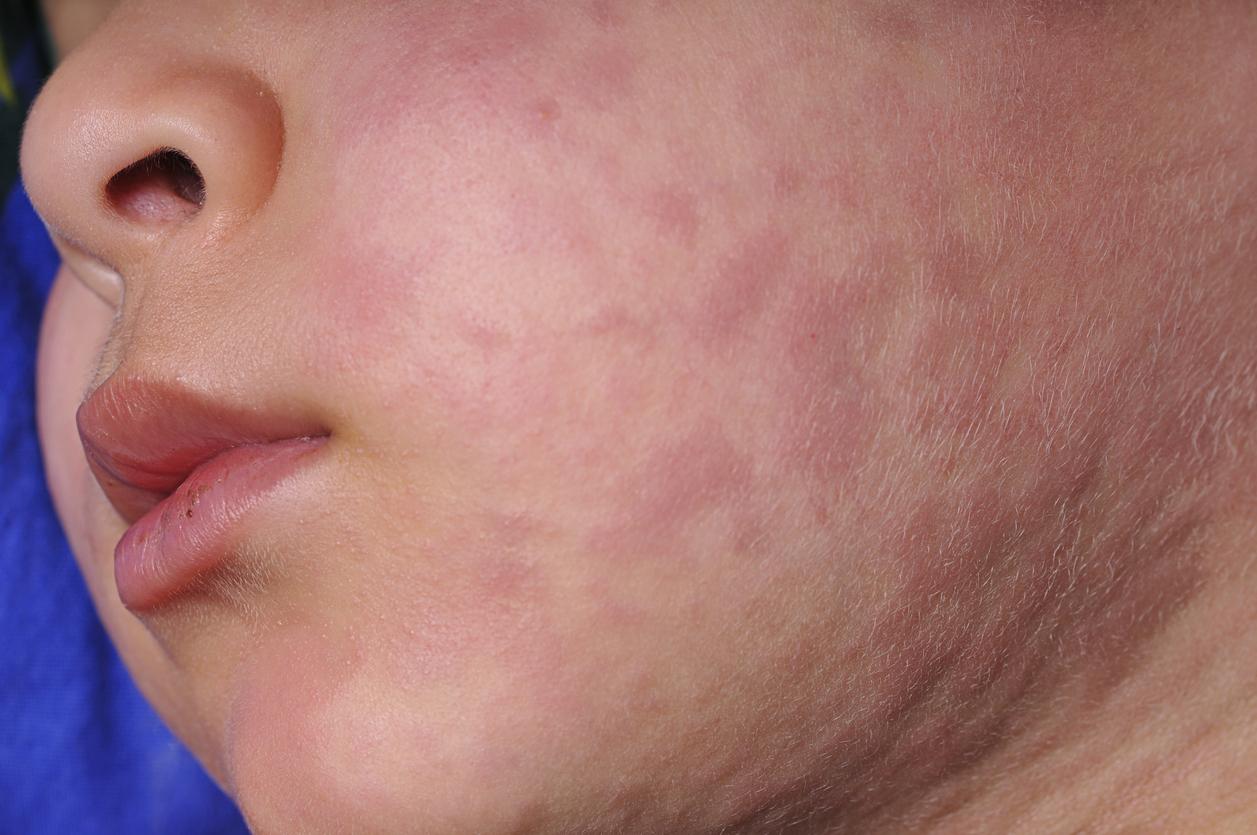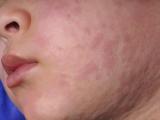The US Centers for Disease Control and Prevention (CDC) said today that 971 cases of measles have been reported this year, topping the 1994 modern-record level, and it warned that if a pair of large outbreaks in and around New York City continue over the summer and fall, the United States could lose its measles elimination status.
In an email statement, the CDC said the US measles elimination goal—to stop continuous local transmission—was first announced in 1963, and it took until 2000 for the nation to achieve it, which was a monumental task. Loss of measles elimination status would be a blow to the nation and erase the hard work of all public health levels, it added.
Two large outbreaks weigh heavily
Outbreaks in New York City and nearby Rockland County, both centered in Orthodox Jewish communities, have continued for nearly 7 months and between them have totaled 804 cases so far, according to the latest city and county updates.
Before the widespread use of measles, mumps, and rubella (MMR) vaccine, measles sickened about 3 to 4 million people each year, resulting in 400 to 500 deaths and about 48,000 hospitalizations, according to CDC estimates.
The previous modern record of 963 occurred in 1994, the year the federally funded Vaccines for Children program began, an event that stabilized the number people vaccinated against the disease and set the stage for measles elimination in 2000.
The CDC said the United States was able to eliminate measles due to extensive use of a safe and highly effective vaccine and a strong public health infrastructure to detect and contain the disease.
CDC director Robert Redfield, MD, said the only way to end the outbreak is to make sure all children and adults who can get vaccinated are vaccinated. "Again, I want to reassure parents that vaccines are safe, they do not cause autism. The greater danger is the disease that vaccination prevents," he said, adding that the CDC will continue working with public health departments to bring the outbreak to an end.
Study profiles hospitalizations, complications, cost
In a new research development, a profile of measles illnesses in children in two Minnesota outbreaks found high hospitalization rates and costs and that poor feeding and secondary bacterial infections were among the complications from the disease. Researchers based at Children's Minnesota hospitals published their findings today in a case series in The Pediatric Infectious Disease Journal.
To characterize clinical findings and hospitalizations for measles, the analysis included children hospitalized for measles from Jan 1, 2011, to Sep 1, 2017, during which two measles outbreaks occurred in Minnesota: one in 2011 and the other in 2017. The study included 33 patients, 7 from the 2011 outbreak and 21 from the 2017 outbreak. All but 2 of the patients were black or African American, the majority of whom were from the Somali community. All but 3 were unvaccinated.
Poor feeding was the primary hospital admission reason, while other complications included ear infection, pneumonia, tracheitis, and keratitis. Additional tests such as chest radiographs and blood cultures were common, and 73% of the patients received antibiotics. The median length of hospital stay was 3.7 days, and the team estimated that the total cost to the hospital for just the 2017 outbreak was $1.3 million.
The team concluded that clinicians should be aware of measles complications and that public health efforts should continue to focus on immunization, given the high burden on patients and health facilities.
See also:
May 29 NYC Health measles update
May 29 Rockland County measles update
May 30 Pediatr Infect Dis J abstract






















